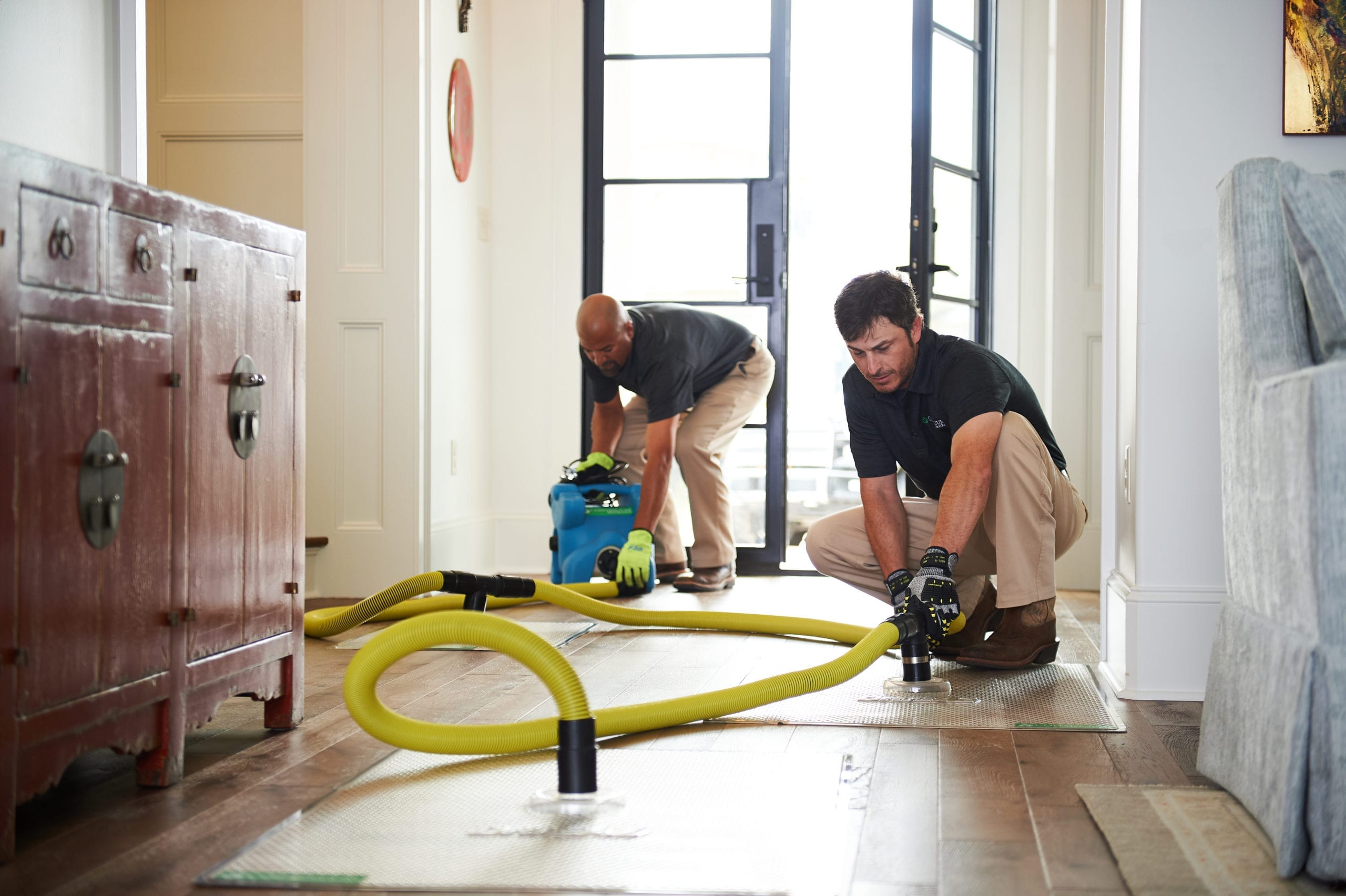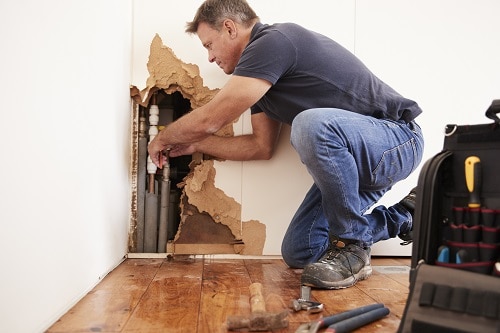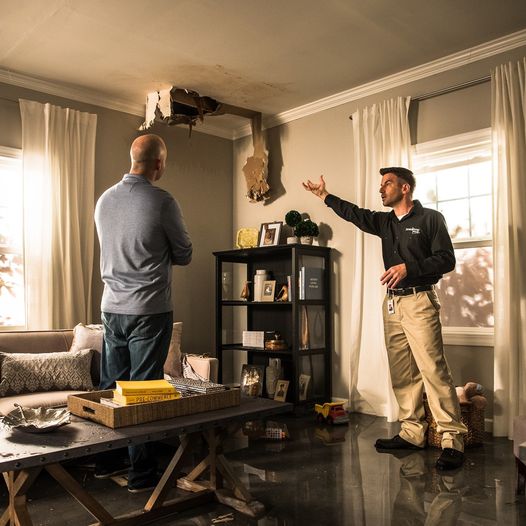Efficient Mold Removal Albany NY: Count On Our Competence!
Efficient Mold Removal Albany NY: Count On Our Competence!
Blog Article
Vital Steps for Efficient Water Damage Repair in your house
Water damage in your home can be a distressing event that needs immediate interest and systematic repair. When encountered with water damage, knowing the crucial steps to take can make a significant distinction in the result of the remediation procedure.
Determine the Water Damage Resource

To identify the water damages resource, begin by aesthetically examining your residential or commercial property for any visible indicators of water leakage or pooling. Check areas susceptible to water damages such as basements, attics, and around pipes components. Usage devices like dampness meters to identify surprise water buildup within wall surfaces or ceilings. It is additionally suggested to examine your home's maintenance records to identify any kind of previous problems that may have contributed to the current water damages.
In situations where the source of water damage is not right away obvious, speaking with a professional water damage restoration business can supply knowledge in situating and attending to the underlying cause successfully. Promptly determining and resolving the water damages source is essential in minimizing the level of damage and ensuring a successful restoration process.

Eliminate Excess Water
To efficiently minimize water damages in your house, prompt removal of excess water is vital to avoid more structural harm and mold growth. The primary step in removing excess water is to determine the source and stop the water from going into the residential property. Once the resource is regulated, begin extracting standing water utilizing specific tools such as water pumps, wet/dry vacuums, and dehumidifiers. It is essential to act quickly, as stagnant water can seep into walls, floorings, and furniture, triggering irreparable damage. Start by concentrating on one of the most damaged areas and slowly work towards drying out the whole area.
When getting rid of excess water, focus on safety by making sure that electrical energy is turned off in swamped locations to prevent electrical hazards. By quickly eliminating excess water, you can dramatically decrease the level of water damages and restore your home to its pre-damaged condition.
Dry Affected Areas
Motivate elimination of excess water establishes the foundation for the following critical action in water damages reconstruction: drying out the affected locations thoroughly. When the standing water has actually been extracted, the emphasis shifts to drying out the area totally to avoid further damages and mold and mildew development.

Furthermore, using customized tools like wetness meters can help in recognizing surprise pockets of wetness within walls or floor covering, ensuring a comprehensive drying out method. It is important to keep track of the drying out development on his response a regular basis to prevent any problems or potential mold infestations.
In instances of extensive water damages, looking for expert assistance from water damages repair professionals is advisable to make sure thorough drying out and stop long-lasting architectural problems. Keep in mind, complete drying out is crucial to effective water damage remediation and preventing future problems.
Tidy and Disinfect
After drying out the influenced locations, it is crucial to cleanse all surface areas with soap and water. Making use of EPA-approved disinfectants can assist in counteracting possible health and wellness risks present in standing water or moisture-soaked materials.
When cleansing and disinfecting, it is critical to put on proper protective equipment such as handwear covers, masks, and goggles to safeguard yourself from any type of harmful materials. Pay unique interest to locations that are typically overlooked, such as covert edges, wall dental caries, and under floor covering, as they can harbor dampness and microorganisms, bring about mold and mildew growth and foul smells if left without treatment.
Fixing and Recover Damaged Locations
After finishing the cleansing and sanitation process, the next critical action in water damages reconstruction is to fix and restore the harmed areas in your house. When the affected locations have actually been extensively cleaned and decontaminated, it is vital to evaluate the extent of the damage to establish what fixings are essential. This might include taking care of structural damages, changing drywall, fixing flooring, or restoring harmed furnishings and items.
It is very important to address water damages without delay to avoid further issues such as mold and mildew growth or architectural degeneration. click for source Employing professional specialists or restoration experts can make certain that repair services are done correctly and successfully. They have the expertise and devices to handle water damage restoration successfully.
When repairing and restoring harmed locations, it is vital to make use of high quality materials that are resistant to water damage to prevent future concerns. Additionally, guaranteeing correct air flow and wetness control in the brought back locations can help avoid mold and mildew growth and preserve a healthy indoor atmosphere. By dealing with water damage without delay and efficiently fixing and restoring damaged locations, you can make certain the lasting security and honesty of your home.
Conclusion
Finally, effective water damage repair in your house calls for determining the source of the damage, eliminating excess water, drying affected locations, cleaning and disinfecting, and repairing damaged areas. By adhering to these crucial actions, you can mitigate the impact of water damages and restore your home to its pre-damaged condition. It is vital to act immediately and completely to prevent additional damages and make sure a safe and healthy living environment.
Report this page